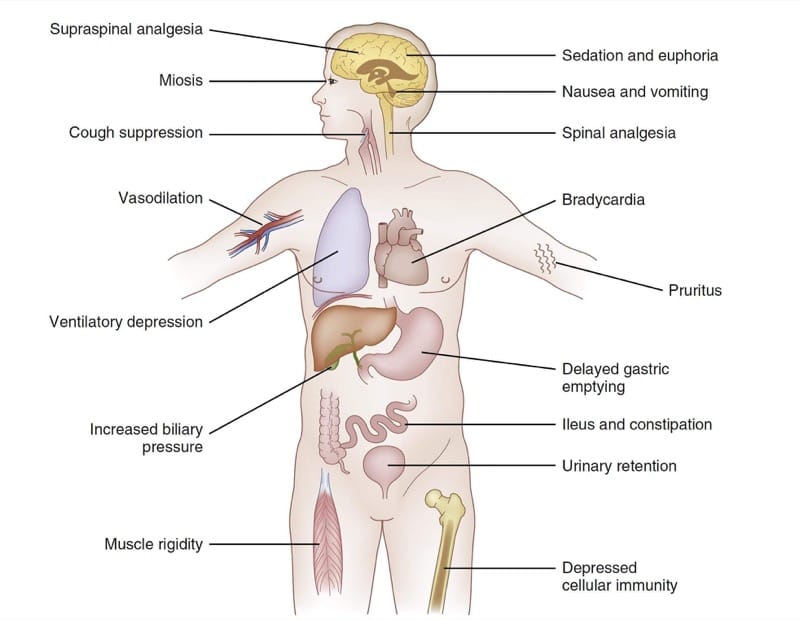CBD
The Difference Between Psychoactive and Non-Psychoactive Compounds
When exploring the world of natural supplements, medications, or even recreational substances, you’ve likely come across the terms “psychoactive” and “non-psychoactive.” These labels are particularly common in discussions around cannabis-derived compounds like THC and CBD, but they extend far beyond that into pharmacology and nutrition.
Understanding the distinction between psychoactive and non-psychoactive compounds is important, especially when considering how these substances interact with the brain, impact mental function, and influence overall well-being.
What Are Psychoactive Compounds?
Psychoactive compounds are substances that affect the brain and alter mental processes such as perception, mood, consciousness, cognition, or behavior. These compounds interact with the central nervous system, often modifying how neurotransmitters — the brain’s chemical messengers — operate.
Common Characteristics:
- Alteration of mood or emotions
- Impact on perception or sensory processing
- Change in mental alertness or energy
- Possible euphoria or sedation
Examples of Psychoactive Substances:
- Caffeine: Stimulates alertness by blocking adenosine, a neurotransmitter responsible for drowsiness.
- Alcohol: Depresses the central nervous system, impairing judgment and motor skills.
- THC (Tetrahydrocannabinol): The psychoactive component of cannabis that causes a “high” by activating CB1 receptors in the brain.
- Nicotine: Enhances mood and focus temporarily by releasing dopamine and adrenaline.
- Prescription drugs like antidepressants, antipsychotics, or sedatives (e.g., benzodiazepines).
Psychoactive doesn’t necessarily mean harmful or addictive — it simply means the substance has a noticeable effect on the mind.
What Are Non-Psychoactive Compounds?
Non-psychoactive compounds do not produce changes in mental state or consciousness. These substances may still have significant effects on the body — such as reducing inflammation, supporting immune function, or aiding digestion — but they don’t interfere with cognitive function or alter the way a person perceives reality.
Characteristics:
- No change in mood, perception, or awareness
- No intoxication or “high”
- May still offer therapeutic or physiological benefits
Examples of Non-Psychoactive Substances:
- CBD (Cannabidiol): A compound in cannabis that interacts with the endocannabinoid system without causing a high.
- Vitamins and minerals: Such as vitamin D, magnesium, or omega-3 fatty acids that support brain and body health.
- Herbal supplements: Like turmeric or echinacea that provide anti-inflammatory or immune-boosting effects.
- Adaptogens: Such as ashwagandha or Rhodiola rosea that help the body adapt to stress without affecting cognitive perception.
In short, non-psychoactive substances can still influence how you feel physically, but they don’t modify consciousness or emotional state directly.
The Cannabis Example: THC vs. CBD
One of the most well-known comparisons of psychoactive vs. non-psychoactive substances comes from the cannabis plant:
- THC is psychoactive. It binds to CB1 receptors in the brain and can cause altered perception, euphoria, and short-term memory impairment.
- CBD is non-psychoactive. It interacts with cannabinoid receptors in a more indirect way, potentially supporting relaxation, reducing inflammation, and managing anxiety — without producing a high.
This distinction is key for users looking for therapeutic benefits without the mind-altering effects of cannabis.
Why This Difference Matters
1. Informed Decisions
Understanding whether a substance is psychoactive or not helps consumers make informed choices based on their lifestyle, health conditions, and comfort level. Someone may avoid psychoactive compounds due to sensitivity, occupation, or legal restrictions.
2. Medical Applications
Doctors and healthcare providers often choose between psychoactive and non-psychoactive treatments depending on the patient’s condition. For example, non-psychoactive CBD might be preferred for chronic pain relief without sedative side effects.
3. Legal and Social Implications
Many psychoactive compounds — especially THC — are subject to regulation and legality that varies by region. Non-psychoactive alternatives are often more accessible and carry fewer legal risks.
Final Thoughts
The terms psychoactive and non-psychoactive are more than just scientific labels. They reflect how a substance will affect your mental state and influence your experience. Whether you’re using supplements for health, managing a condition, or exploring natural remedies, understanding this distinction allows you to navigate your choices with clarity and confidence.
Whether you want an energizing boost, mental calm, or physical relief, there are compounds on both ends of the psychoactive spectrum that can meet your needs — without compromising your peace of mind.

